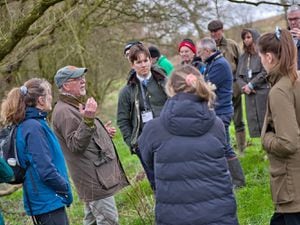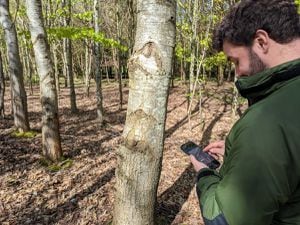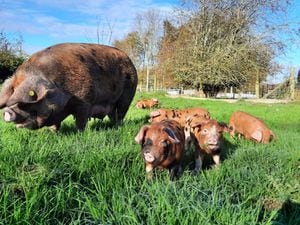How an epidemic saw country life go up in smoke
Hundreds of animal carcases piled high in the fields, the sky filled with thick black smoke. The smell of burning flesh permeating across the countryside.
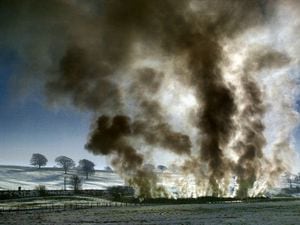
It sounds like something from a dystopian disaster movie, but for a brief time it was a depressingly familiar sight around the West Midlands.
It is 20 years today since the beginning of the last foot-and-mouth epidemic, although for the farming community, the memories linger on.
John Farquharson couldn't bear to watch as contractors from the Ministry of Agriculture were called in to burn all his animals.
"It was very hard," says Mr Farquharson, whose family have kept Beech House Farm in Seisdon, between Wombourne and Bridgnorth, for 74 years.
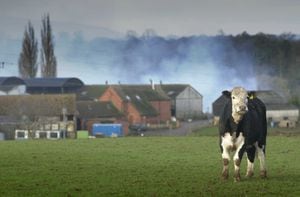
"A lot of people think farmers are hard, but the animals are like part of the family.
"Yes, it's a business, but the animals were looked after like royalty, it's something I don't ever want to see happen again.
"I didn't stop to watch, I just went into the house and let them get on with it."
He remembers the day he was visited by a ministry official, and told that one of his sheep had the disease.
"That was it, everything had to be destroyed, although since then other farmers have told us it was just a precaution to provide a firebreak," he says.
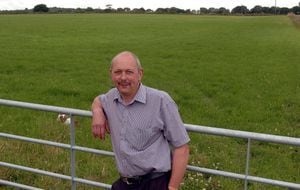
For Mr Farquharson, it meant the loss of 650 sheep and 30 cattle, who were slaughtered on a Friday and then burned the following Sunday.
"The ministry boys came in and they got this contractor who built a funeral pyre, and put all the animals on that," he says. "We lost everything."
The last cases of foot-and-mouth disease in the UK had been in 1967 – following an epidemic which began in Oswestry – and it was largely thought the disease had been eradicated. But on February 19, 2001, a worker feeding the pigs at Cheale Meats abattoir near Brentwood, Essex, noticed one of them was limping. The man called a vet to take a closer look, and it was immediately suspected that it could be foot-and-mouth disease.
While the illness does not affect humans, it is very harmful to sheep, pigs and cattle. And the speed at which it spreads meant urgent action was needed. The abattoir was cordoned off, farms were isolated and all vets put on alert for further cases.
It quickly emerged that animals on 60 farms in England were displaying symptoms of the disease. As most of the output went for export, other countries quickly placed import bans. The European Commission immediately banned all British milk, meat and livestock exports and said the disease situation required "reinforcing the control measures".
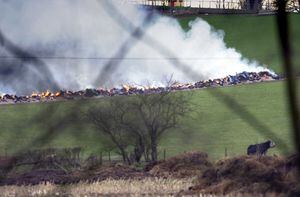
It was initially hoped the outbreak could be contained by imposing strict quarantines, but within three weeks a 100-mile 'infected area' zone was thrown around the West Midlands and Mid Wales. Traditional rural activities such as hunting, shooting, horse racing and rambling were all halted, and animals could only be moved with special licences.
But over the months that followed, more than 2,000 cases were detected on farms across the British countryside. More than six million cows and sheep were slaughtered as part of a programme which ultimately eradicated the disease by the following November, but left the farming community paying a very heavy price.
It also hit the tourism economy extremely hard, with travel restrictions leading to a collapse in the number of visitors, and animal-based attractions such as Dudley Zoo and West Midland Safari Park being forced to shut their gates until the outbreak was over. Prime Minister Tony Blair, who had been planning a General Election in May was also forced to put back the poll.
In striking parallels to the lockdown restrictions of today, the epidemic also left households in isolation, unable to see their friends and relatives.
Mr Farquharson, his wife Belinda, brother Richard together with his wife Lynn and their son Edward, were all forced to live in quarantine. Belinda, an accountant, had to work from home, while their sons Alex, 20, and William, 16, were unable to return to the farm for fear of spreading the infection.
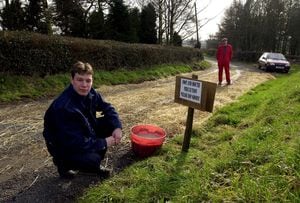
Bridgnorth farmer Richard Yates adds: "We didn't leave the farm except for essential journeys, and when we came back, the wheels of our vehicles had to be sprayed with disinfectant.
"This went on for more than six months. When people talk about the lockdown today, this is what we were doing 20 years ago."
Mr Yates adds that many of the animals were irreplaceable because of their importance to breeding programmes.
"Farmers pride themselves on the integrity of their stock, and certain breeding lines which went back throughout the years, with very high genetic value, were lost," he says.
"I had some lambs ready for market, but we couldn't touch them, they were just left in the field," he says.
Eventually, the restrictions were relaxed slightly, but at a cost to the farmers.
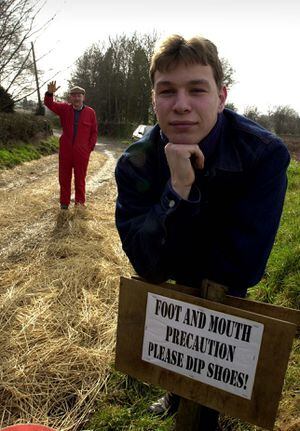
"I was given very strict instructions to take them to a certain abattoir, and they paid a pittance for my stock because they had a captive market," he says.
Nigel Kinsey, who kept Rowley's Farm in Worfield, was also left heartbroken after more than 1,000 healthy sheep were shot dead and burned.
"I didn't stay to watch," he said at the time. "They are your friends in a way and it is an awful thing to happen, but in the interests of our neighbours we had to do it."
Rob Pritchard, who kept Outwoods Farm, near Newport, not only lost his entire flock of 750 sheep, but his daughters' pet goat Twix also had to be slaughtered.
The final reported case was at Whygill Head Farm in Cumbria on September 30, and the last cull took place on January 1, 2002.
But while normality eventually returned, the scars from the pandemic took longer to heal.
"It was never the same after that," says Mr Farquharson, who no longer keeps animals on his farm.

